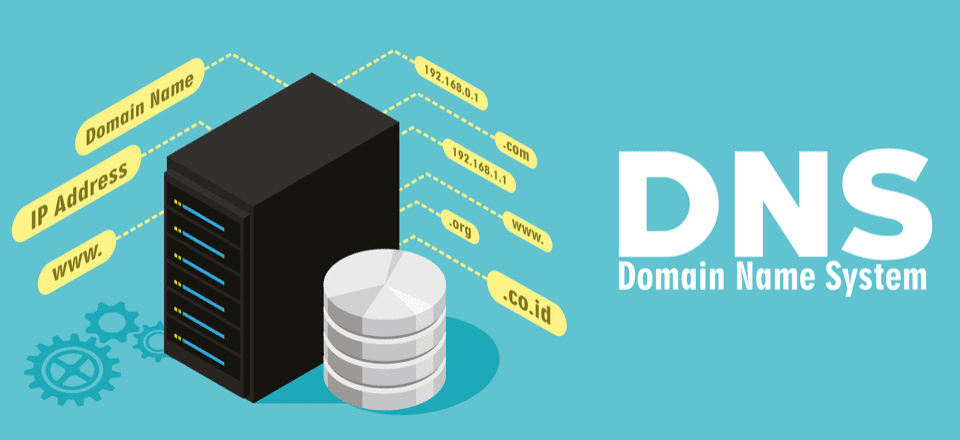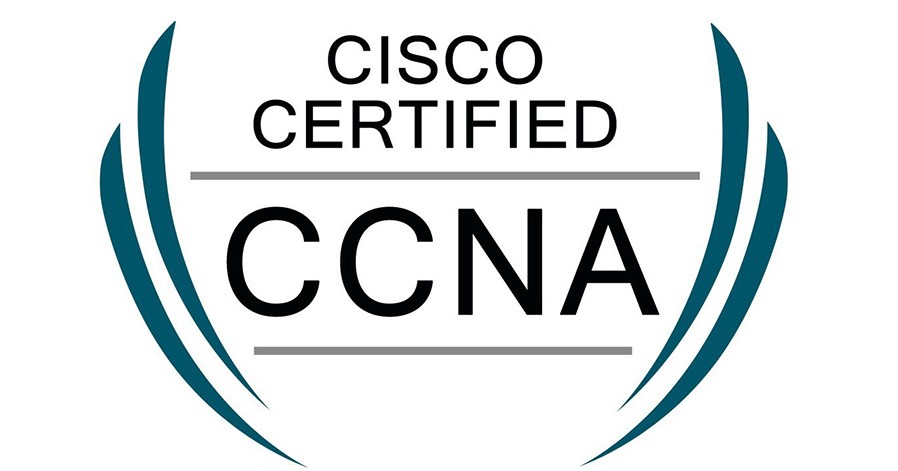In the realm of network security and access control, two protocols stand out prominently: TACACS+ (Terminal Access Controller Access-Control System Plus) and RADIUS (Remote Authentication Dial-In User Service). Both are widely used for centralized authentication, authorization, and accounting (AAA) purposes, yet they exhibit distinct features and functionalities. In this article, we delve into the characteristics, advantages, and disadvantages of TACACS+ and RADIUS to provide a comprehensive understanding of each protocol.
TACACS+ (Terminal Access Controller Access-Control System Plus)
What is TACACS+?
TACACS+ is a security protocol developed by Cisco Systems as an enhancement to the original TACACS protocol. It operates at the application layer of the TCP/IP model and facilitates centralized authentication, authorization, and accounting services for network devices.
Key Features of TACACS+:
- Enhanced Security: TACACS+ offers robust security mechanisms, including encryption of the entire authentication process, providing confidentiality and integrity for sensitive information.
- Granular Access Control: It enables fine-grained access control, allowing administrators to define access policies based on user roles, privileges, and specific network resources.
- Separation of Services: TACACS+ separates authentication, authorization, and accounting functionalities into distinct processes, offering greater flexibility and control over each aspect of AAA.
- Support for Multiple Protocols: TACACS+ supports various authentication protocols, including PAP (Password Authentication Protocol), CHAP (Challenge-Handshake Authentication Protocol), and more, making it highly versatile.
Advantages of TACACS+:
- High Security: The encryption of TACACS+ traffic ensures secure transmission of authentication data over the network.
- Fine-grained Control: Administrators can implement precise access policies, minimizing the risk of unauthorized access.
- Flexible Configuration: TACACS+ allows for centralized management of user accounts and access rights across diverse network devices.
Disadvantages of TACACS+:
- Vendor Dependency: TACACS+ is primarily associated with Cisco devices, which may limit its adoption in multi-vendor environments.
- Complex Implementation: Setting up and configuring TACACS+ servers and clients can be complex, requiring expertise in network security.
RADIUS (Remote Authentication Dial-In User Service)
What is RADIUS?
RADIUS is a networking protocol that provides centralized authentication, authorization, and accounting services for users attempting to access a network remotely. Originally designed for dial-up connections, it has evolved to support various access technologies, including wireless and virtual private networks (VPNs).
Key Features of RADIUS:
- Scalability: RADIUS is highly scalable, capable of managing authentication and authorization requests from a large number of users and network devices.
- Proxy Support: It supports proxying of authentication requests, allowing for distributed authentication servers and easing the load on the central authentication server.
- Wide Compatibility: RADIUS is a widely adopted standard supported by numerous networking equipment vendors and operating systems, enhancing interoperability.
- Shared Secrets: RADIUS employs shared secrets between the client and server for secure communication, ensuring the integrity of authentication messages.
Advantages of RADIUS:
- Broad Support: RADIUS enjoys broad support across various networking devices and platforms, making it suitable for heterogeneous environments.
- Scalability: Its scalability makes it ideal for large-scale deployments, accommodating growing numbers of users and network devices.
- Proxy Capabilities: RADIUS’s proxy support enables flexible deployment architectures, facilitating distributed authentication infrastructures.
Disadvantages of RADIUS:
- Limited Security: Compared to TACACS+, RADIUS offers relatively weaker security mechanisms, as it does not encrypt the entire authentication process by default.
- Less Granular Control: While RADIUS provides basic access control features, it may not offer the same level of granularity as TACACS+ in defining access policies.
Conclusion
In summary, TACACS+ and RADIUS are both widely used protocols for centralized AAA services in network environments. While TACACS+ prioritizes enhanced security and fine-grained access control, RADIUS boasts broad compatibility and scalability. The choice between TACACS+ and RADIUS often depends on the specific requirements and priorities of the network infrastructure, with organizations weighing factors such as security, interoperability, and ease of deployment. By understanding the distinct features and characteristics of each protocol, network administrators can make informed decisions to effectively manage and secure their networks.





Comments (0)